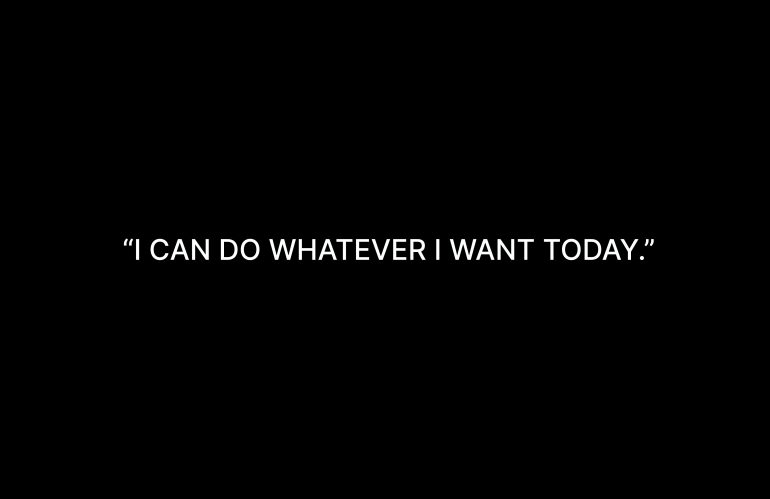I guess we’ll start with how to have the shortest retirement.
It’s fairly formulaic: Work for 40 years. Retire at 65. Sit on couch. Die next year.
Ok, so that’s tongue-in-cheek but there are certainly stories told of precisely that; folks who spend their entire adult lives socking away into pension plans and RRSP’s until they hit that magic number, only to find the ennui of career-lessness expediently terminable.
What bulwark might we erect against such tragedy, other than getting a gym membership and laying off the smokes?
Financial Independence vs. Retirement
I don’t care much for the label “Retirement”. There is too much baggage associated with it, I feel, which often leads to a narrower vision of the possibility space for financial goals.
To be sure, a LOT of people benefit greatly from having structure provided to them rather than building their own. Probably most.
I can’t see what harm could stem from understanding which opportunities exist out there in the ether, regardless of whether you seize them.
So, my preferred moniker for those Golden Years in the latter chapters of life is “Financial Independence”. We can define the condition in general terms.
An asset is anything that pays you income without the requirement of your labour. Some obvious examples are interest earned in a savings account (do they still pay that?), dividend income from public stocks, or net rental income (among countless others). Even paying off a debt could be considered an asset, given it reduces your expenses. And reducing your expenses is not a taxable event!
You’ll want a bunch of different types of assets so you have a diversified income stream and you don’t “Unretire”, as a friend of mine once described his financial history. Ghastly language and I must emphasize he was and is NOT a client.
Then you establish your lifestyle requirements, including or excluding debts depending on how you want to set your budget up and your personal feelings toward and appetite for holding debts.
Financial Independence is the point at which your assets produce income greater than or equal to your lifestyle. At a high level, it’s that simple.
A Case Study
I was conducting a planning review with a long-term client (we’ll call her Emily). When we first began implementation, she was 36 and we put a 10-year Financial Independence program in place. Our recent review was five years into the 10.
Now, we haven’t followed through with all my initial recommendations, so I was interested in where we stood relative to the original projections.
Obviously 45-50 is an aggressive retirement target compared to standard age-65 planning. It is certainly more achievable than most might think, but this isn’t a how-to article.
And then there’s the question of what she’s going to do sitting around all day.
Part of what makes this plan work is that Emily has a goal of doing humanitarian work abroad when she becomes Financially Independent.
This plan is really about liberating her time to pursue interests and activities she finds intrinsically rewarding, including charitable ones.
Our deal is that she’s going to save aggressively while she grinds out her current contracting arrangement in to a multi-faceted set of investment strategies.
Then, once she has socked away enough of a nest egg, she can move on to other, relatively low-paid employment. She can make sufficient earnings to pay her bills and she won’t need to touch her other investments until 10-20 years down the road, if/when she decides to cease all employment.
Well, it was a good news meeting as it turned out our age-46 target had become 47.
There is a ton of redundancy built-in also, although I prefer to let that hedge out other various risks and be pleasantly surprised by windfalls than be more aggressive with her timeline.
Thinking More Broadly
And so there are plenty of ways to think about structuring your own retirement. I have clients who take “Retirement Years” over the course of their working life. They love to travel for extended periods of time and are, in this way, able to make the most of their youth in going to places that are less accessible as one ages. We just build it into the plan.
I even think about my personal family goals in an outside-the-box manner which I shamelessly ripped off of author, and Lifestyle Architect, Tim Ferris. His model laid out in the 4-Hour Work Week is to take “Dreamlines” where he relocates for 3 months, picks up a new language and a new skill.
For me, an example of this would be to move to Catania, Sicily at the foot of Mount Etna (the second most active volcano on the planet!). I’d pick up some Italian and learn how to make proper pizza. I’ll never think of pizza the same after a port calling in Messina found me in a tiny, alleyway restaurant in Taormina. I need to make that pizza.
The reality for me is I won’t likely EVER retire in the traditional sense. My work is very rewarding and I have wonderful relationships with my clients, why stop? Financial Independence is really just about living on your own terms.
And so, the challenge is to dream. Expand your thinking about what is and is not a possibility for you in your life and try it on for size, see how it feels. This could lead to practical steps, like planning a trip to explore places you might consider spending extended periods of time. At the very least you’ll come back with great stories!
Check out more of what we do and how we do it.
Contact us at contact@howlettfinancial.com



